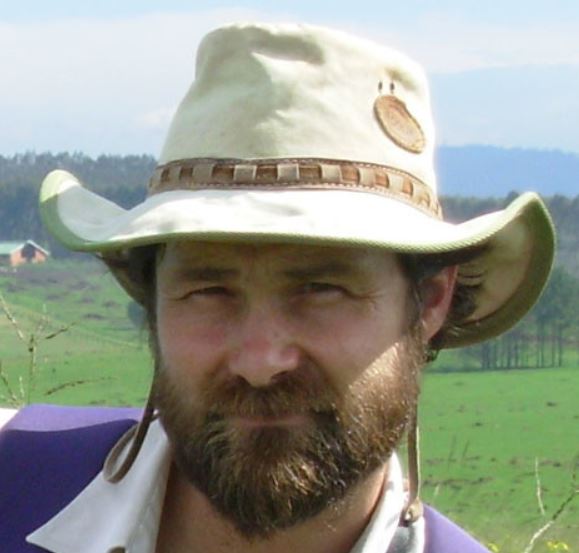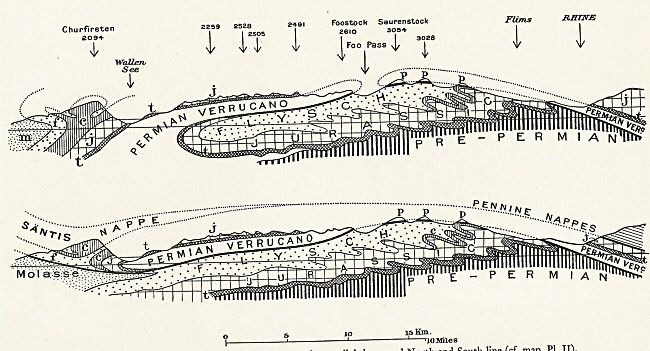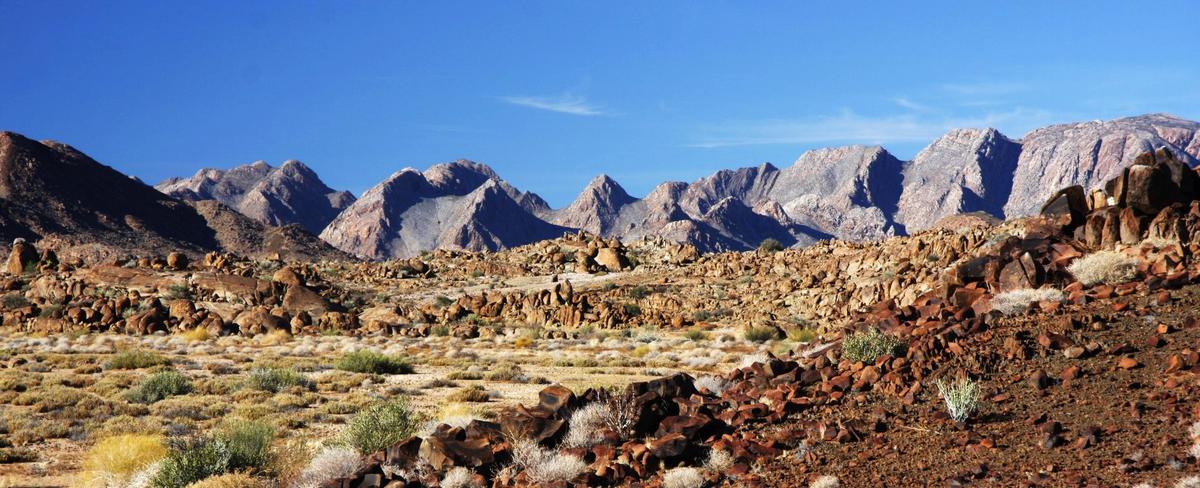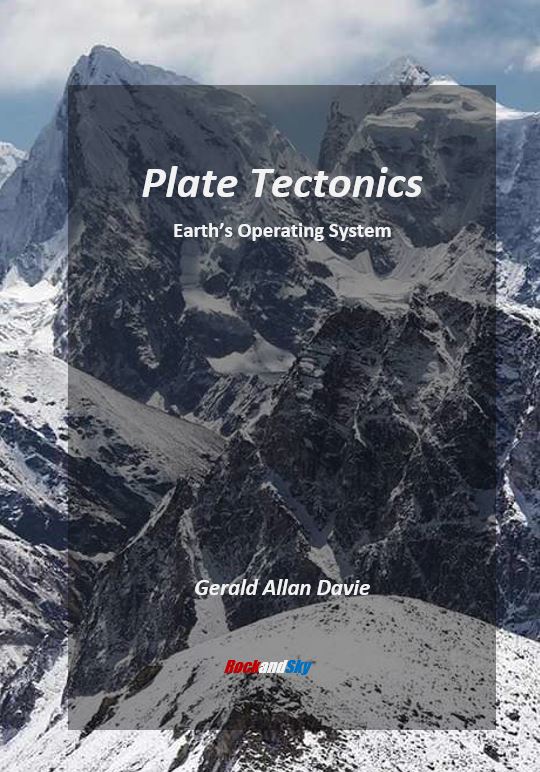When the Wild Came A-visiting
I wonder if you will be able to resist the lure of the open road that leads to the sun-baked salt pans, or the snow-capped highlands? Adventuring in these places makes your eyes glow ever-so-bright, and the blood quicken in your veins. Come travel through some of the most amazing landscapes anywhere, and then tell me that you don't want to come on these amazing journeys.
And now that we have come thus far, I have an offer for you
Read on to find out more.
Plate Tectonics – the biggest thing to happen in science since Darwin published “On the Origin of Species”. Although perhaps not quite as controversial, it changed the way we view our world. We as teachers need to view our physical world through a plate tectonic lens, as it is the fundamental operating system of our planet. And to help you understand the theory, we have prepared some amazing teaching material for you. But first, watch the video so find out about our 'why' and then check out what we have on offer.
The theory of Continental Drift, when it was first put forward by Alfred Wegener back in 1915, was laughed at because it seemed impossible for continents to wander around on the planet's face. Now we see it all as being self evident. So self evident that the theory has been relegated to a chapter in the text books rather than holding its rightful place as the fundamental operating system of our planet.

"
The book is rich with the factual and historical background to the development of the theory of plate tectonics as well as providing a thorough grounding of the modern research and scientific insights that inform our understanding of this foundational theory. I am already thinking about how to incorporate this fresh perspective into my work.
John R - Educator and Nature Guide
Without Plate Tectonics, our planet would be a dull and lifeless place
Which is a shame – perhaps a travesty – for without plate tectonics our planet would be a dull and lifeless place. In fact, there would be no land. There would be no life. There would be no you reading this.
So how can a theory so important to the Earth Sciences not be central to our study of physical geography and geomorphology?

The Himalayas. All due to Plate Tectonics
Here at Rock and Sky we pay tribute to plate tectonics – in fact it is the lens through which we view our world.
Nanga Parbat in Pakistan is still rising at a rate of 10 mm per year
Our crust is 8 km thick below the ocean basins and up to 75 km below the continental crust. Basalt, the most important rock in terms of volume, is being freshly minted at the mid oceanic ridges as we speak. Crustal collision, with folding and faulting, takes place all the time, and Nanga Parbat in Pakistan is still rising at a rate of 10 mm per year. High temperatures and pressures at great depth leads to metamorphism and partial melting. This causes huge diapers to rise through the crust to form batholiths. Some of the molten rock may erupt as volcanoes. Eruptions are happening right now on a continent near you.
The carbon-silicate cycle keeps our planet habitable, the rock cycle takes old crust and makes new in some amazingly complex and beautiful ways, and in doing so keeps our planet viable, vital and renewed. It’s an exquisitely balanced system that demands our full attention.
Beneath your feet the crust is being subducted along a massive, juddering front

Indonesia's Mt Bromo with a distant Mt Semeru venting on the distant skyline. All due to Plate Tectonics
Trekking the high passes of the Tibetan plateau is an amazing experience. It is geology writ large, with massive peaks towering into the blue sky. Folding and faulting is everywhere, along with metamorphosed rocks in the form of granites and gneisses. Scrambling up Indonesian volcanoes is equally exciting, although perhaps not as gruelling. The equatorial heat and humidity can be a challenge though. For a geologist, this stuff is meat and drink, especially when you understand the mechanics of this global operating system and realise that beneath your feet, crust is being subducted along a massive, juddering front.

If this is the stuff that blows the geologists hair back, then surely geomorphologists and by extension you as a geography teacher also need to understand a little more about it. And we are here to help you in your quest.
No funny squiggles to denote a folded mountain range
We have taken a new approach in our book – going deeper and wider. Some history. Some adventure. Some facts. Lots of lovely detail. Real world examples. Like our Indonesian volcanoes and Indian Himalayas. No funny squiggles to denote a folded mountain range, but a real cross section through the Alps and one through the Himalayas. We are here to fire up your kids’ imagination.

A 1.1 billion year old, eroded metamorphic terrane. All due to Plate Tectonics
You will discover new things, have fun, and ultimately wow your class
So now that you understand why plate tectonics is so important, you need to come on this adventure to the highest and the lowest places on Earth. You will discover new things, have fun, and ultimately wow your class. They will love you for it. As will your colleagues, the parents, and of course the head teacher. Happy days indeed.
Grab a copy of our Plate Tectonics e-book and find out about Earth's operating system.


"
The book is rich with the factual and historical background to the development of the theory of plate tectonics as well as providing a thorough grounding of the modern research and scientific insights that inform our understanding of this foundational theory. I am already thinking about how to incorporate this fresh perspective into my work.
John R - Educator and Nature Guide

"
Plate tectonics: earth’s operating system is well a structured book. The introduction gives a detailed history of plate tectonics. The second and third chapters are well written and contain interesting information about geology and plate tectonics. The reader is made aware of the link between geology and plate tectonics. Indeed the author is right in stating that ‘it is impossible to study physical geography without having a broad understanding of geology and plate tectonics’.
Tracy M - Geography Teacher
How much is it? Well, normally it retails for R200 but we are doing a special for R150. That R150 is going to add immense value to your class by giving deep insights into the mechanisms of the theory. Your learners are going to love you, your fellow teachers are going to love you, and the parents are going to love you. Why not get each learner to bring a R5 donation to help crowd fund it.
Buying our book will:
- give you a much deeper insight into why an understanding of the theory is so important.
- perfectly frame other parts of the syllabus such as the rock cycle, weathering, folding, faulting and geohazards.
- tell tales of high adventure in the Arctic, to the deep ocean trenches, volcanic island arcs and the high Alps
- tell tales of big egos, academic bullying, serendipity, prejudices and vindication.
- provide an understanding of the nuts and bolts of the theory including plate margins, volcanism, seismic activity, metamorphism and the folding and faulting of rocks.
If it doesn’t rock your world, we will give you your money back. No questions asked.
